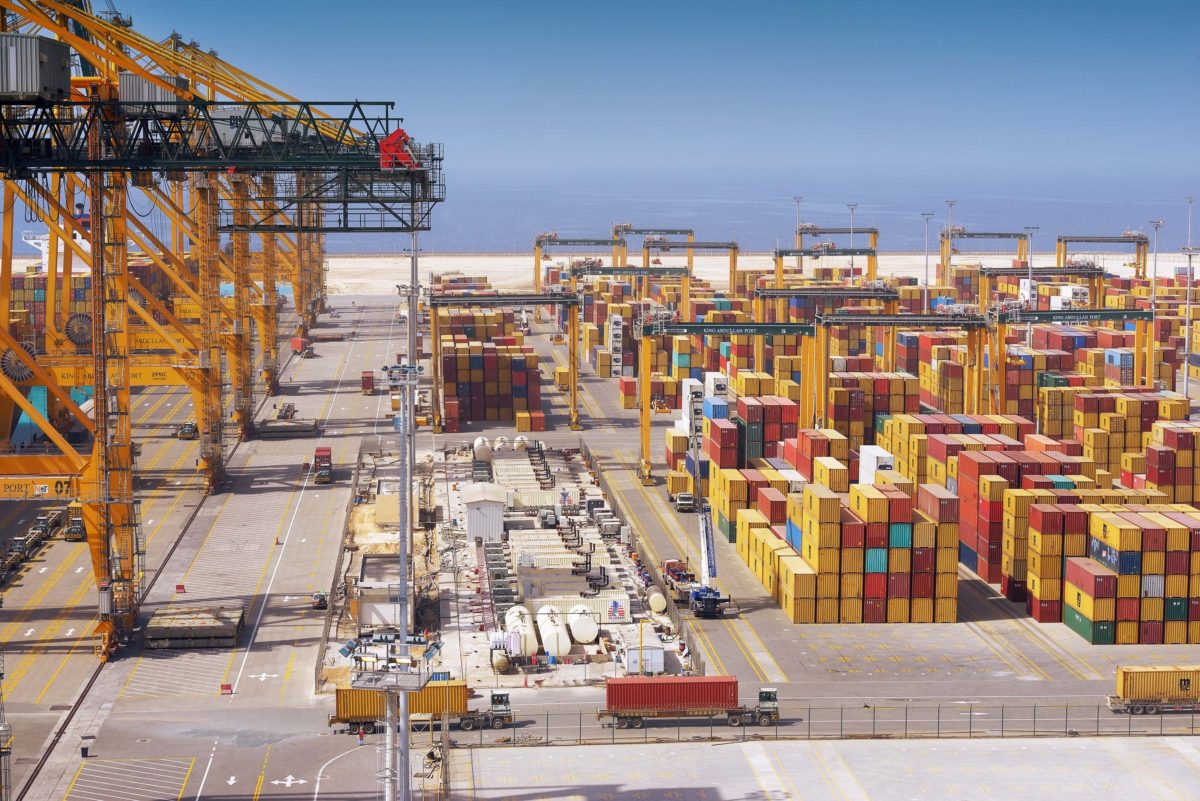Saudi Arabia’s economy shrank by 0.5% in the first quarter, illustrating the scale of the challenge facing the country’s new heir as he tries to overhaul an economy still reliant on a struggling oil industry.
Gross domestic product was 643 billion riyals ($170 billion) compared with 646.4 billion riyals in the same quarter a year earlier, the General Authority for Statistics said in a report on its website on Friday, using preliminary data based on 2010 constant prices. The oil and gas sector shrank 2.4%, Bloomberg reported.
The data show the difficulty facing Saudi Arabia as it implements its long term plan to wean the economy off oil. Led by the crown prince, Mohammad Bin Salman, who was named heir to the throne last week, the government is trying to balance that shift with austerity measures to balance the budget—but which have weighed on growth. It has also cut oil production as part of an OPEC drive to tackle a global surplus.
“The contraction is likely to deepen over the rest of the year and, while the economy should return to growth by next year, the pace of growth is likely to be weaker than most expect,” Jason Tuvey, London-based Middle East economist at Capital Economics, said in a research report. It was Saudi Arabia’s first outright contraction since the global financial crisis, he said.
The International Monetary Fund expects Saudi economic growth to slow to 0.4% this year, the least since 2009. Saudi authorities have said they expect overall growth to exceed 1% in 2017.
Saudi Arabia, the biggest producer in Opec, led the group’s decision in May to extend output cuts through March 2018 to counter the crude glut. Lower production has come on top of the plunge in oil prices over the past three years, creating a budget deficit which led the government to tap bond markets.
Fall in Foreign Reserves
Net foreign assets at Saudi Arabia's central bank, a measure of its ability to support its currency, look set to fall sharply this year as oil prices slump and Riyadh expands its sovereign wealth fund to invest abroad, according to a report by Reuters news agency.
They shrank from a record high of $737 billion in August 2014 to $529 billion at the end of 2016 as the government liquidated some assets to cover the huge budget deficit caused by the fall in oil prices.
This year, an austerity drive and a partial rebound in oil prices have helped Riyadh make progress in cutting the deficit—which narrowed 71% from a year ago to 26 billion riyals ($6.9 billion) in the first quarter.
But net foreign assets have continued to shrink at about the same rate, by $36 billion in the first four months of 2017—a mystery to economists and diplomats monitoring Saudi Arabia, and a potential blow to markets' confidence in Riyadh.
Prince’s Plan
The oil slump triggered Prince Mohammad’s Vision 2030 plan. Launched while he was still deputy crown prince, its aim is to boost the non-oil economy, sell a stake of less than 5% of state-run oil giant Aramco and create the world’s largest sovereign wealth fund.
The overhaul has also included austerity measures such as subsidy cuts and slashing spending, which combined with the drop in oil prices to slow the economy. In May, the IMF advised Saudi Arabia to ease the austerity measures, even if it meant not meeting the country’s self-imposed target of balancing the budget by 2019.
In a sign of how sensitive the austerity policy became, King Salman last week reversed cuts to state salaries and bonuses—at the same time as Prince Mohammad, 31, was named the kingdom’s new heir. The government also gave public employees an additional week’s holiday to mark the end of Ramadan.
According to the World Bank, Saudi Arabia in 2015 spent 13.5% of its gross domestic product—$87 billion—on defense. It was second in the world only to neighboring Oman, peaceful but even more fiscally vulnerable, which spent 14.2%. Defense costs accounted for essentially all of the kingdom’s budget deficit that year.


